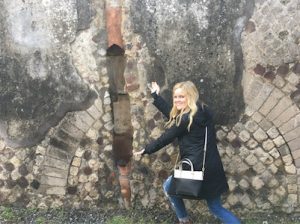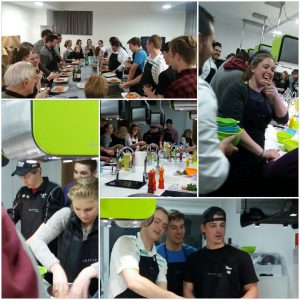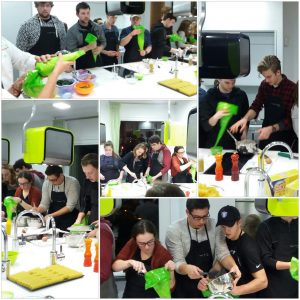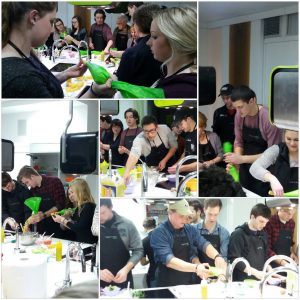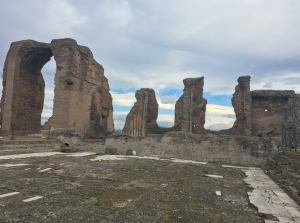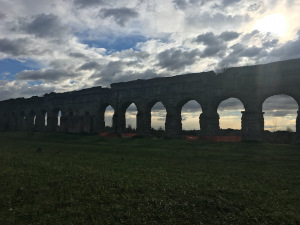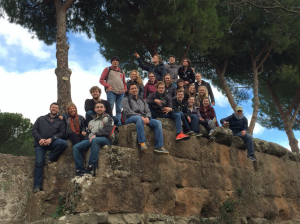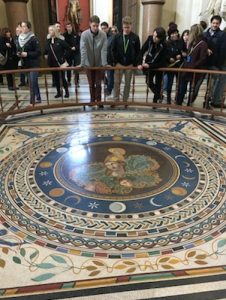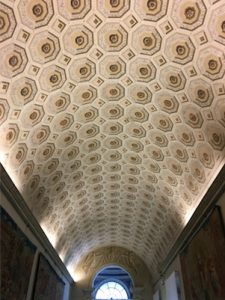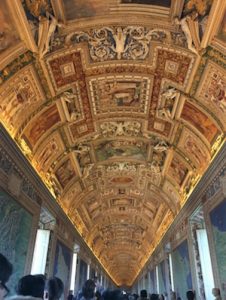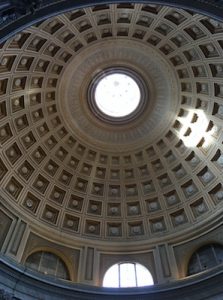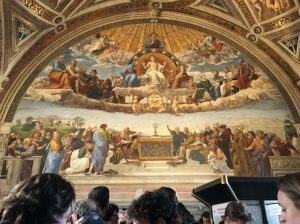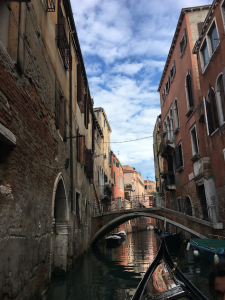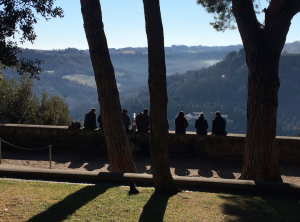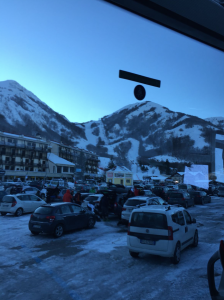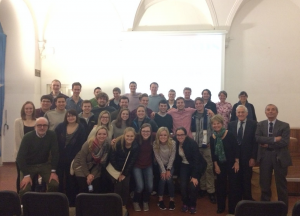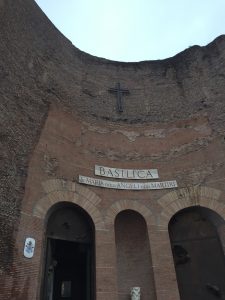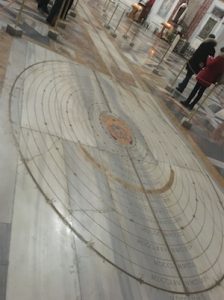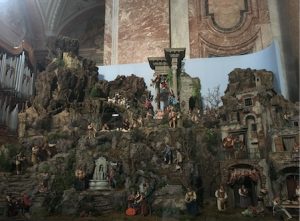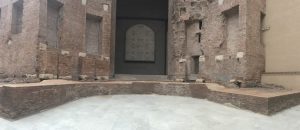They find their way to the Galileo museum, of course!
Today, our final day in the Brilliant country that is Italy, we had our last lecture as a class, and completed the last item on the itinerary before we departed back to Rome for the night. We had a little bit of time before we had to meet at the museum; some of us stayed back to get some work done, others spent their remaining euros in the markets of Florence.
As for today’s main event: Museo Galileo! We were self-guided through this wonderful museum situated right on Arno River.
It’s safe to say we ‘enginerds’ were enthralled by the experience.
Some of my favorites and the highlights included:
The armillary sphere
Still under the impression that the universe revolved around the earth, this sphere has a multitude of rings surrounding the earth in the middle. Each ring depicts the orbit of another planet. The sphere moves as a crank is turned near the base.
Inclined plane
Ah, physics, our old friend. This instrument has bells places at different intervals in increasing odd units (1,3,5,7). Since we know the acceleration is constant as the ball rolls down the plane, it rings the bells at times that occur simultaneously as the pendulum (swinging from the right side) swings- genius! It was one of the earliest machines that timed oscillations.
Telescopes
Some of these telescopes used octagonal and cylindrical tubing, as well as a variety of materials including leather, cardboard, and wood. Some of these telescopes include the first use of two identical convex lenses to refract the image back to normal (instead of upside down).
Thunder house
These miniature models of houses experimented with the idea of grounding electricity. A mock lightning would be created by a laydon jar, which creates a current sent directly to the lightning rod. Inside the house is a little metal ball containing gunpowder. When the lighting rod was not fully connected to the ground, the current would blow the house apart in conjunction with the gunpowder. However, when the lightning rod was completely grounded, the current was completely dissipated.
Twin barrel air pump
An old vacuum! The dual air pump was set in motion by the crank, resulting the air in the glass jar (on top) being sucked out, creating a vacuum. Many experiments were done in this type of apparatus: Suffocation of small animals (excuse the harsh details), extinguishing flames, and stifling the sound of a bell.
Elastic and Inelastic collisions
This wonderfully crafted device allowed for many experiments to be run of a multitude of variables. The balls, strung from a bar at even heights, would consist of either ivory for elastic collisions, and wet clay for inelastic collisions.
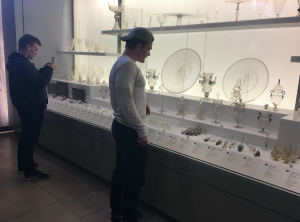





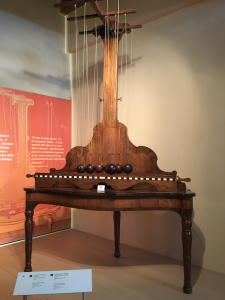
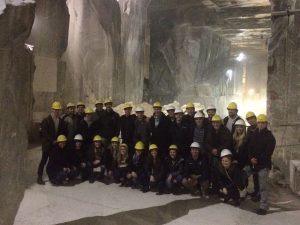
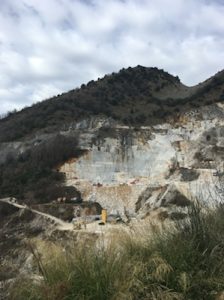

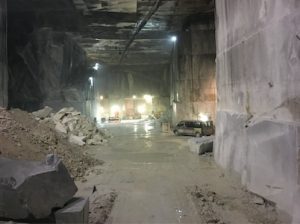

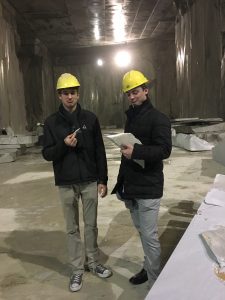
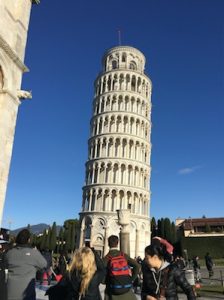

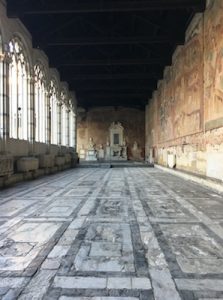
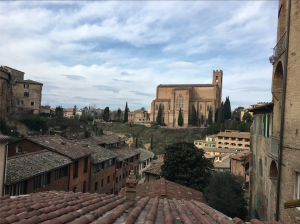
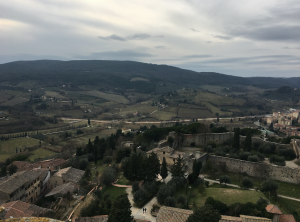
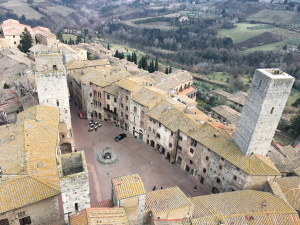
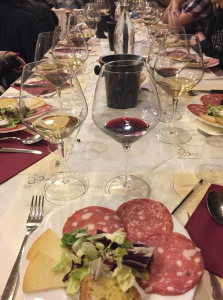
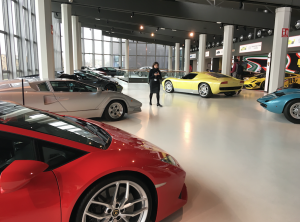
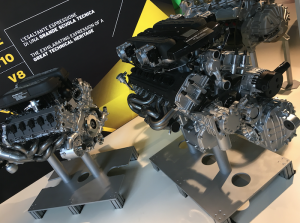


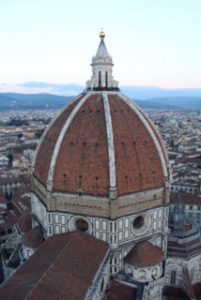
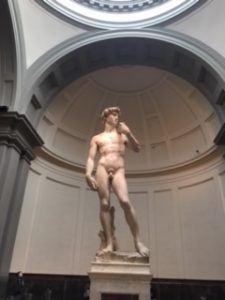
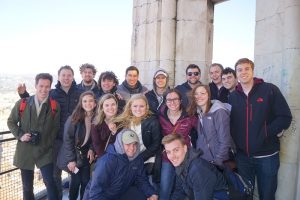
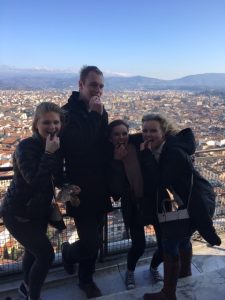

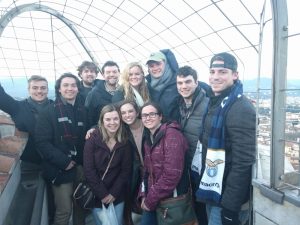
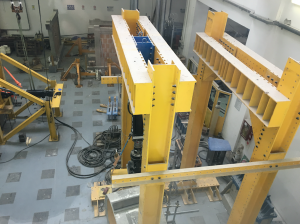
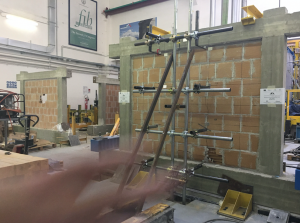



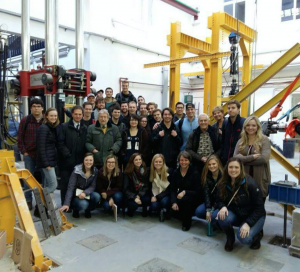


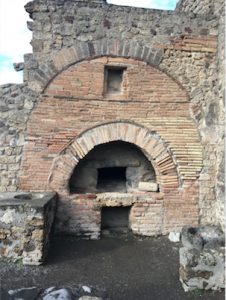 and a caladarium, but we were actually able to see some of the traditional decor. As we continued to journey throughout the city, we came across old heating systems and an oven built into the bricks. Please enjoy Chloe’s excitement below:
and a caladarium, but we were actually able to see some of the traditional decor. As we continued to journey throughout the city, we came across old heating systems and an oven built into the bricks. Please enjoy Chloe’s excitement below: